“BLOWN TO PIECES” ON MACON STREET (1916)
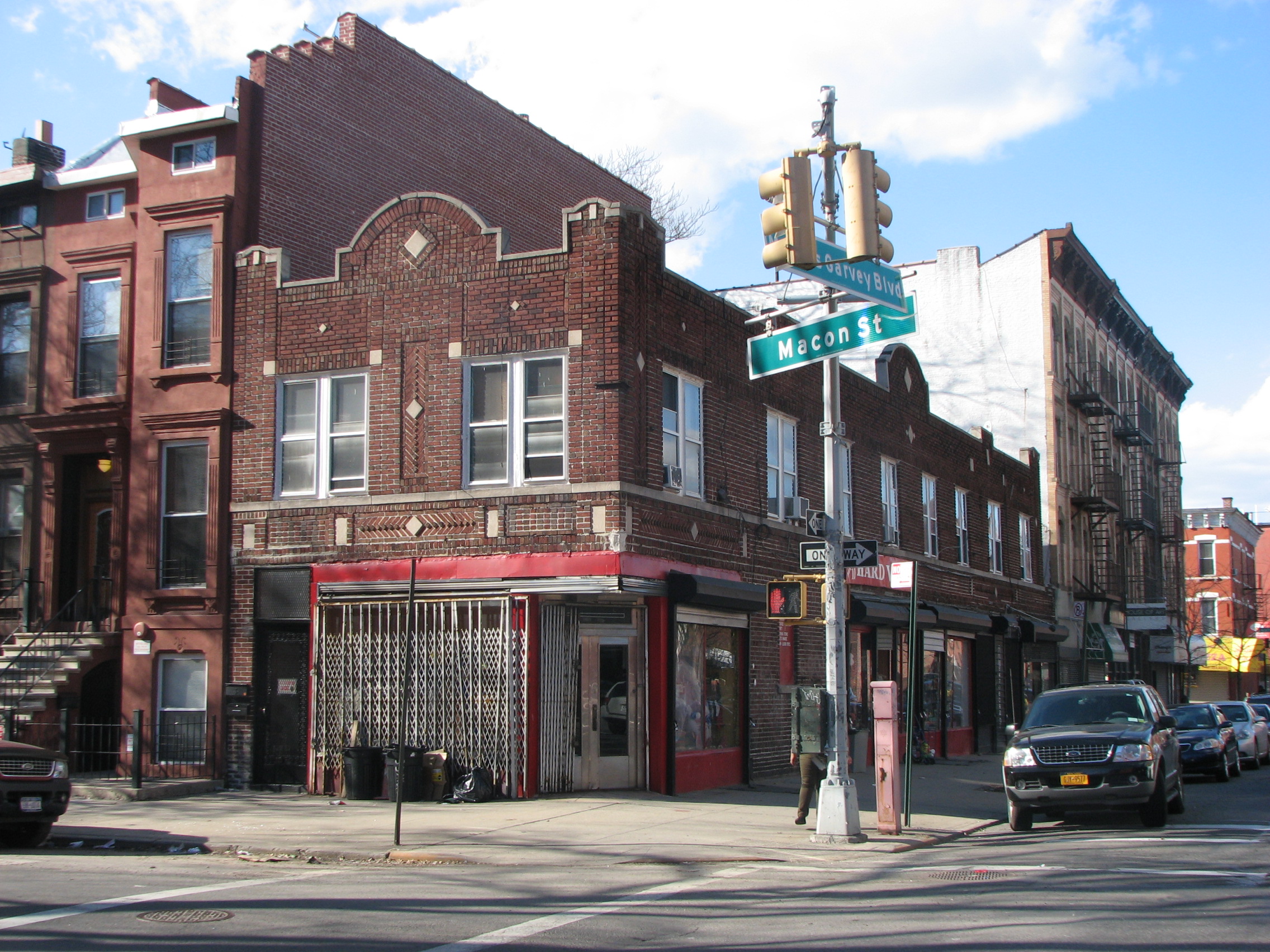
Brownstone Detectives investigates the history of our clients’ homes.
The story you are about to read was composed from research conducted in the course of one of those investigations.
Do you know the history of YOUR house?
********************************************************************************************************************************
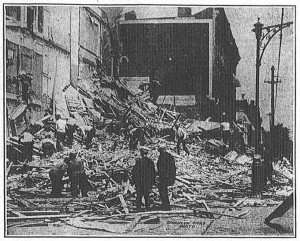
On a warm summer morning in 1916, five people were killed and “more than a score were injured” when a masonry building on Macon Street was “blown to pieces” in a gas “explosion” occurring shortly after most of the building’s inhabitants had left for work for the day.
Authorities were still attempting to determine who may have been in the building at the time of the blast, but the source of the explosion was believed to be a gas leak from the cellar of the building.
THAT WAS THEN, THIS IS NOW
This story was written more than 100 years ago, in 1916. The explosion, which fractured many Brooklyn lives, took place in the middle of Stuyvesant Heights at the corner of Macon Street and Sumner Avenue (now Marcus Garvey).
Similar in detail to the East Village gas explosion of a few years back, only the time and place has changed. Both the buildings were residential with stores on the ground levels, and the 1916 explosion, itself, was also caused by a gas leak.
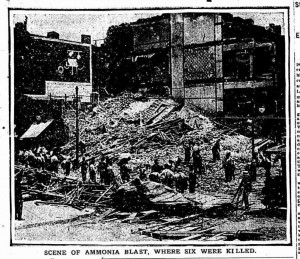
Apparently, gas leaks have been leveling buildings since buildings were being plumbed with the element. In 2015’s explosion, the gas in the building was used for heating the apartments and the building’s water. In 1916, the gas was used in the ammonia refrigerating system that cooled a butcher’s meat stock and which also made ice for his store.
And while 2015’s story involved residential buildings with a restaurant on the ground level, 1916’s story involved a residential building and a ground floor butcher, along with his ice factory worker, errand boy, cashier and a customer. Supporting roles were provided by 100 firemen and building department workers, 100 trolley workers from the Sumner Avenue BRT line, multiple neighbors, and numerous passersby.
INVESTIGATING AN EXPLOSION
When investigating the history of a house, we invariably come across stories – like this one – which seem to leap directly from today’s headlines. If it is happening in today’s world, you can be sure that it has already happened 100 years ago in another form and place.
While both tragedies had their victims, each had a disparate timeline that detailed the timing, luck, or misfortune of residents and the specific details that caused the explosion.
What follows is the aftermath of the story of the explosions from that summer morning on a busy Stuyvesant Heights corner in 1916, when so many peoples’ lives were changed forever.
AFTERMATH – THE RECOVERY
After the explosions had ripped the silence of a clear Thursday morning, and once the dense clouds of ammonia fumes had begun to dissipate, firemen, clad in oxygen masks, started the search for bodies in the ruins, continuing their work throughout the day.
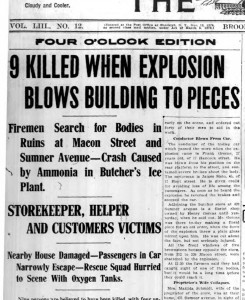
Around noon the firemen saw their first body, “but because of the debris they were unable to get at it.”
By 5 p.m., through the “twisted girders and heavy timbers,” stacks of bricks, and the ever-present ammonia fumes, they had uncovered five bodies, several of them mangled almost beyond recognition. It was feared that no one could have survived such an explosion along with its concurrent strong ammonia emissions. Still the same, the firemen, “stripped to their undershirts, worked like mad,” and they swarmed over the debris “like as many ants,” noted one newspaper story. “The wrecked building had almost to be taken up piecemeal, and it was predicted that it would be twenty-four hours before all the bodies were located.”
The source of the explosion “was believed to be an ammonia refrigerating plant in the butcher store located on the ground floor” of the 4-story structure. “It was said that twelve pounds of ammonia were usually kept in the refrigerating plant. This led firemen to believe that a careless employe allowed more of the chemical to generate than was safe, causing the explosion.”
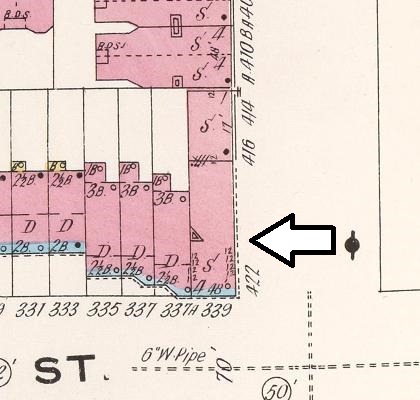
It was later determined that the man who normally had been in charge of running the small refrigeration plant in the basement of the butcher’s shop, Charles Lyons, had been on a fishing trip the day of the blast, and the plant’s operation was left to the butcher – who apparently knew little of such systems.
The investigator, who would write the report for the City, said that the butcher had lit the fire which heated the ammonia, but he had likely failed to turn on the water – thus causing the explosion.
The ammonia, with “700 pounds pressure and causing an explosion equal to a heavy charge of dynamite, would kill anyone in fifteen minutes with its fumes,” one article stated.
Neighbors who saw the explosion occur, said that it “lifted the roof entirely off the building and forced the walls out. In a flash the entire building had crumbled and the ruins had piled up to about the height of an ordinary one-story building.” All the front windows of the five brownstone houses opposite the store – from 312 to 320 Macon Street – were shattered by the explosion, and those on Sumner Avenue opposite the building were all also shattered.
“Ambulances were hurried from the Swedish and Bushwick hospitals, and the surgeons, after attending those who had been injured outside of the building, waited for the uncovering of more victims in the ruins.”
THE DEAD
By 5 p.m., the victims recovered from the debris were as follows:
Martin Schmidt, 37, of 435 Sumner Avenue, the head butcher and owner of the store on the ground floor – he was blown twenty feet towards the door and was found near the entrance – his wife, Matilda, who looked out the window after hearing the first blast, was in time to see the building explode and collapse, from the second blast. Her brother got into his auto and drove over to take her away from the scene. Apparently, she had fallen unconscious after the blast, but when she had come to, she had become hysterical. Martin and Matilda had “moved from the ill-fated structure” only the week before.
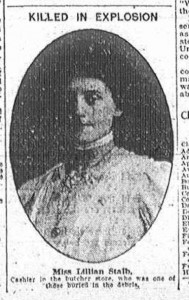
Lillian Stalb, 25, the cashier of the store – she had been seated directly above the ammonia tank, and was blown through the ceiling – her father, Jacob, a builder, rushed from Hempstead with his men. When he arrived he pleaded with the firemen to let him and his men help with the digging – a few moments later, when they found his daughter, they asked him to identify her. Badly mangled, he knew the body was that of his daughter’s from the ring on her finger.
Broder Thompson, 19, nephew of Schmidt, and his helper, also of 435 Sumner Avenue.
Charlie Johnson, 25, an order boy – discovered on the Macon side of the building’s ruins. According to witnesses, “Charlie” had his horse and delivery wagon standing outside the butcher shop when the explosion occurred – the horse had run away, but was soon stopped.
Miss Annie Byrnes, of 361 Halsey Street, whose brother, a druggist at Sumner Avenue and Halsey Street, said she had gone to the butcher shop to buy meat for the family dinner.” Miss Byrnes, it was noted, was to be married within weeks.
THE NARROWEST KINDS OF ESCAPES
The first human story of the accident came from an 11-year-old girl named Margaret Heh, of 320 Macon Street, who had been buying meat. She stated that she had just left the store when the explosion came; she had apparently had the “narrowest kind of an escape when the bricks began raining down.” Heh said that just as she was leaving the store, she saw a man in the store walk to the ice plant to make some adjustment.”
Margaret’s companion, Mabel Harrington, 12, of 409 Sumner Avenue, was only 20 feet away when the explosion occurred; she, too, was spared. Her mother had sent her to buy meat and told her to hurry. It was due to her instructions that Mabel survived. By the time Mabel had returned home, her mother was hysterical, believing that her daughter had been killed.
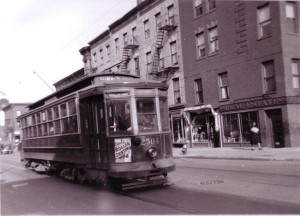
In the house next door to the butcher at 337A Macon Street, Mrs. Charles E. Peabody was with her maid when the explosion came. They had both just climbed the stairway to the second floor when the explosion occurred, ripping a great hole in the dining room wall below where the chimney and fireplace had been. Mrs. Peabody and her maid were knocked to the floor. Carried out by firemen, Mrs. Peabody became hysterical and had to be treated by a physician, but she escaped more serious injury.
Two of the three upper floors of 339 Macon Street were apparently unoccupied at the time of the explosion. On the second floor lived Norman J. Davies, an employee of a large department store. His wife and three children, Ella, Griffith, and Owen, left the day before the explosion to visit friends in Pennsylvania, and he was not in the building at the time.
A Sumner avenue trolley car that had been passing at the time of the explosion was showered with bricks and broken glass. Several of the passengers were injured, as were also several passersby, but none seriously. Several were also overcome by ammonia fumes. Immediately, the trolley cars were stopped along Sumner Avenue, and the Brooklyn Rapid Transit (B. R. T.) ran service cars up the Sumner avenue tracks through midnight (along with 100 B.R.T. workers), which took on the debris removed by the firemen.
AFTERMATH – THE INVESTIGATION
Coroner Ernest C. Wagner noted in his report: “I do not see how anyone can be held responsible. Everyone in the butcher shop was killed. From my investigation, I am satisfied that someone of the three men had turned on and lighted the gas to heat the ammonia and failed to turn on the water.”
In an issue of an insurance industry magazine, called the Insurance Press (of 16 August 1916), it was noted that an investigator, Superintendent F. J. T. Stewart, with the New York Board of Fire Underwriters, performed an investigation of the explosion and wrote a report on the fire in the ammonia refrigerating system. He noted that an “apparatus employing as high pressure as used in a refrigerating plant is not safe in the care of a person who does not thoroughly understand its working.”
It was also reported in Wagner’s inquest that the “regulations as to refrigeration plants became effective in July 1915,” but that “no provision was made for inspectors to enforce them.”
Unfortunately for those dead, these findings came too little and too late.
By the 1920s, due to the stories of ammonia ice-making and ammonia refrigeration plants exploding, and to the introduction of Freon as a refrigerant, the public began to lose faith in the ammonia-based technology.
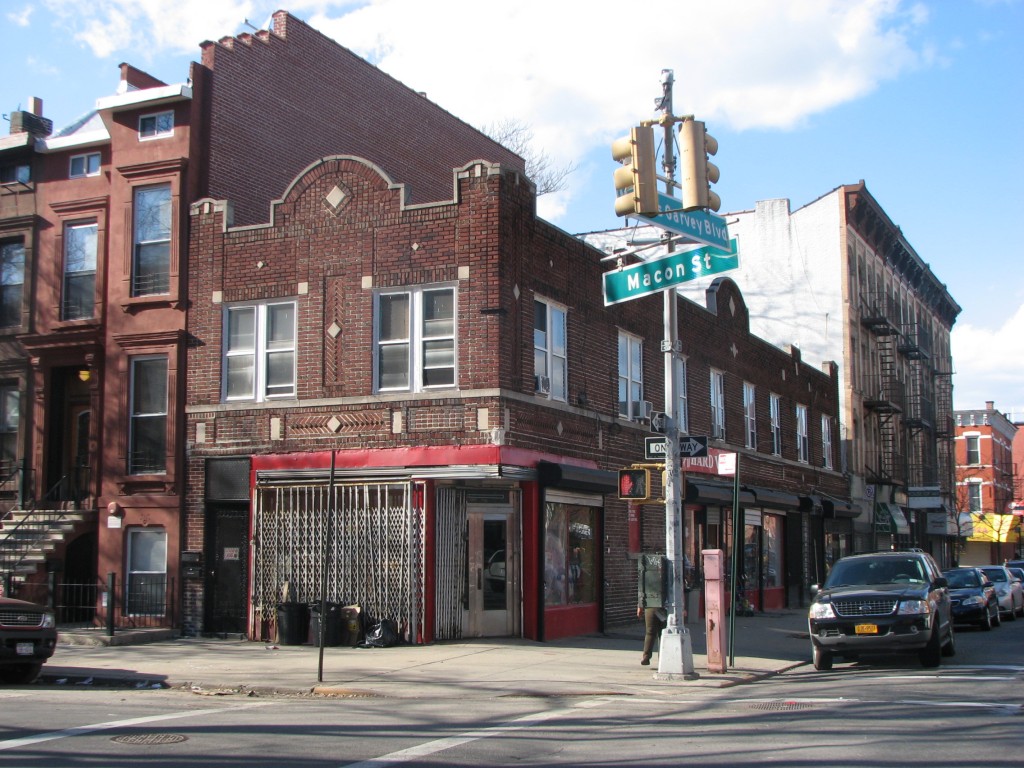
———————————————————————————————————————–
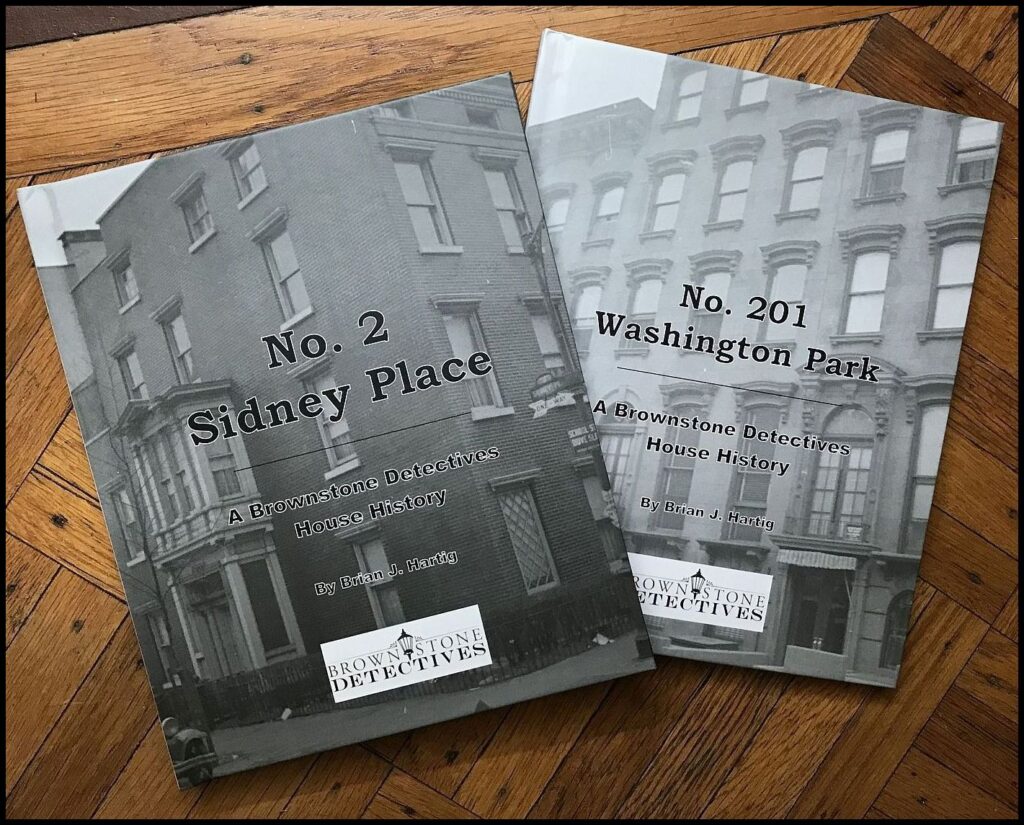 Brownstone Detectives is an historic property research agency. Our mission is to document and save the histories of our clients’ homes. From our research, we produce our celebrated House History Books and House History Reports. Contact us today to begin discovering the history of your home.
Brownstone Detectives is an historic property research agency. Our mission is to document and save the histories of our clients’ homes. From our research, we produce our celebrated House History Books and House History Reports. Contact us today to begin discovering the history of your home.